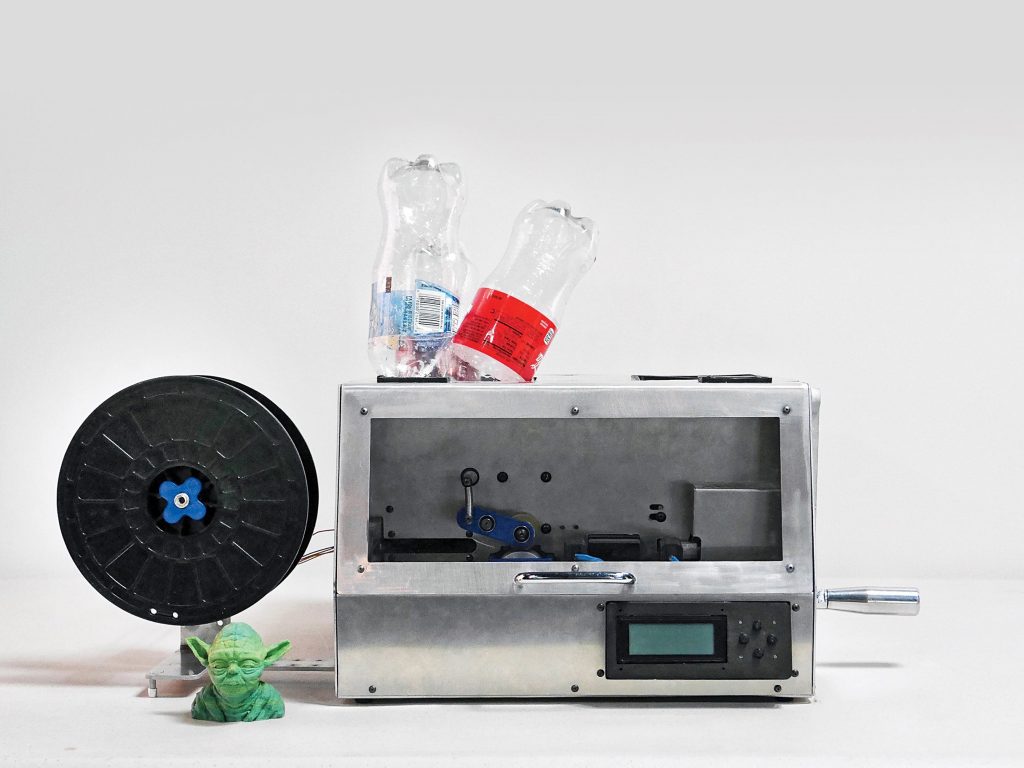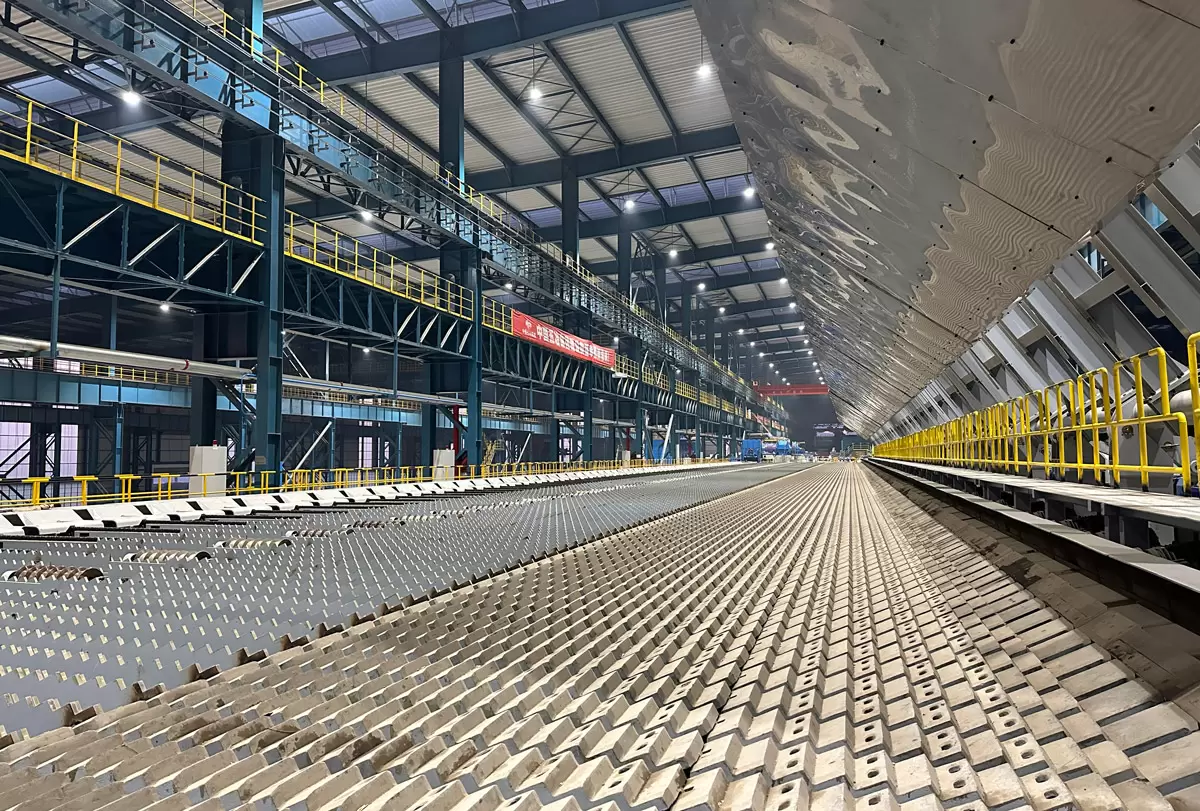3D printing has revolutionized the manufacturing industry, allowing for the creation of complex and customized products with ease. However, there has been growing concern about the sustainability of 3D printers. In this article, we will explore the environmental impact of 3D printing, the potential for sustainable practices, and the future of this technology.
Environmental Impact:
The production of 3D printers requires significant amounts of energy and resources, including plastic filaments, metal powders, and other materials. Additionally, the disposal of 3D printed products and waste materials can contribute to pollution and waste. However, 3D printing also has the potential to reduce waste by enabling on-demand production and reducing the need for mass production and transportation.
Sustainable Practices:
To mitigate the environmental impact of 3D printing, sustainable practices can be implemented. This includes the use of eco-friendly materials, such as biodegradable plastics and recycled materials. Additionally, 3D printing can be used for repair and maintenance, extending the lifespan of products and reducing waste. Furthermore, 3D printing can enable local production, reducing the need for long-distance transportation and reducing carbon emissions.
Future of 3D Printing:
As technology advances, 3D printing has the potential to become even more sustainable. New materials and techniques are being developed, such as using plant-based materials and 3D printing with living cells. Additionally, 3D printing can be integrated with other sustainable technologies, such as renewable energy sources and circular economy practices.
Conclusion:
While 3D printing does have an environmental impact, it also has the potential to be a sustainable technology. By implementing sustainable practices and continuing to innovate, 3D printing can contribute to a more sustainable future.




More Stories
Mechanisms of Damping Deadening Rubber Sheets: How They Reduce Vibration and Noise
How SMC Is Manufactured: Process, Materials, and Quality Control
Customizable Logo Pulp Boxes in Kraft and White for Sustainable Food Packaging Solutions